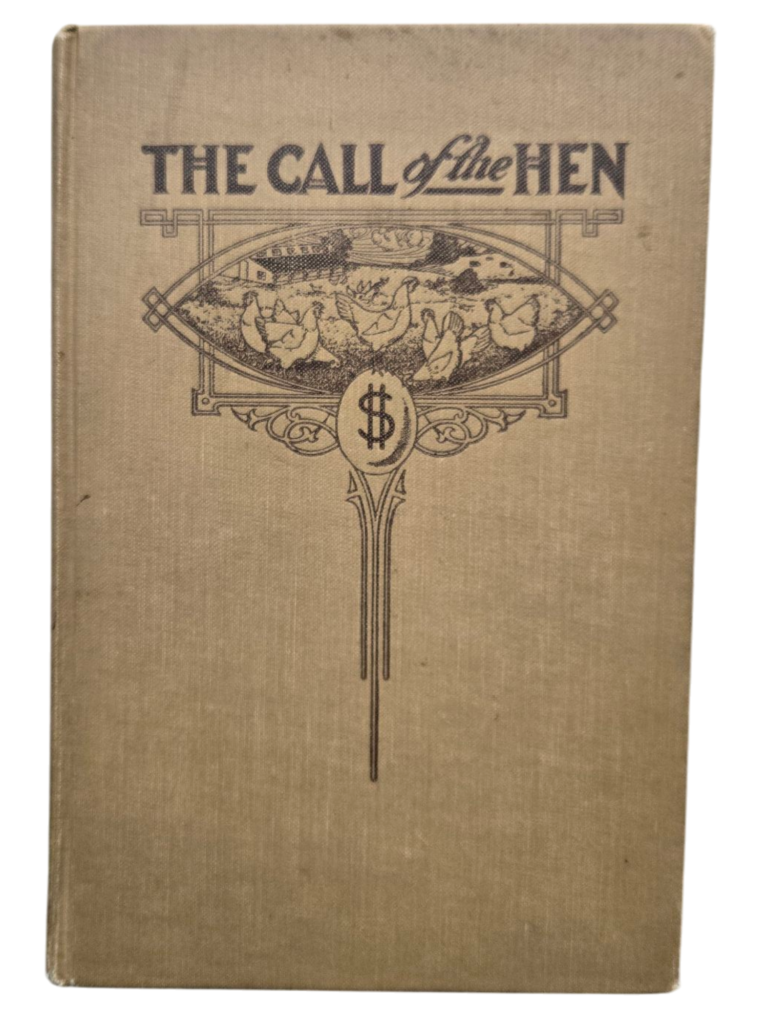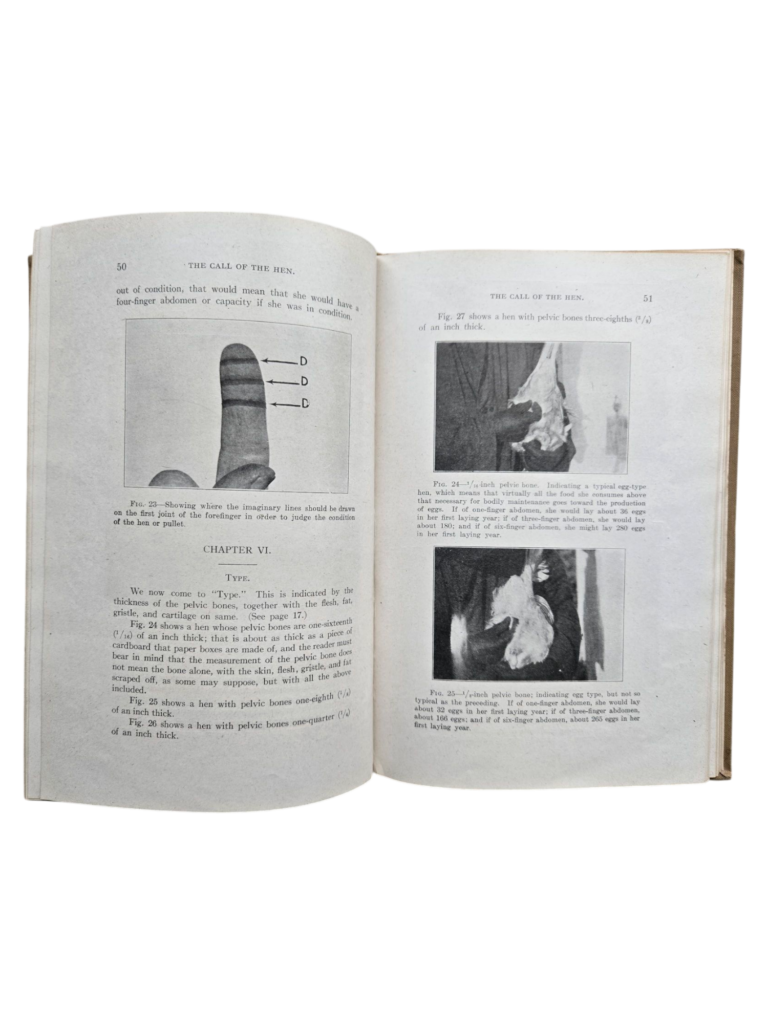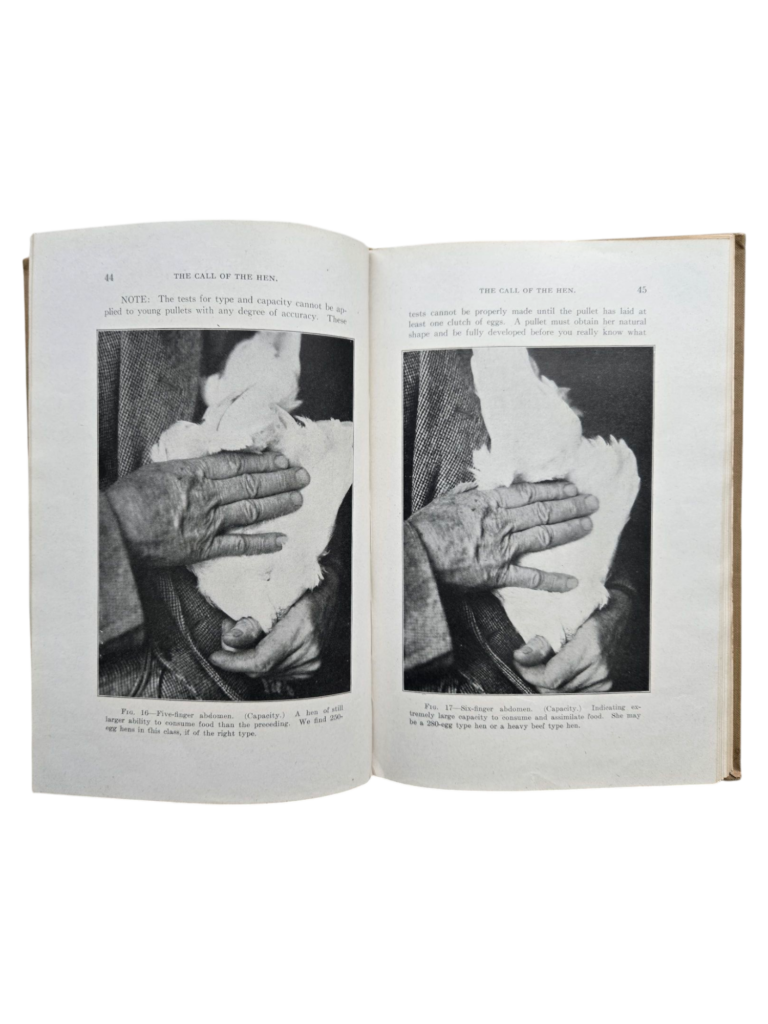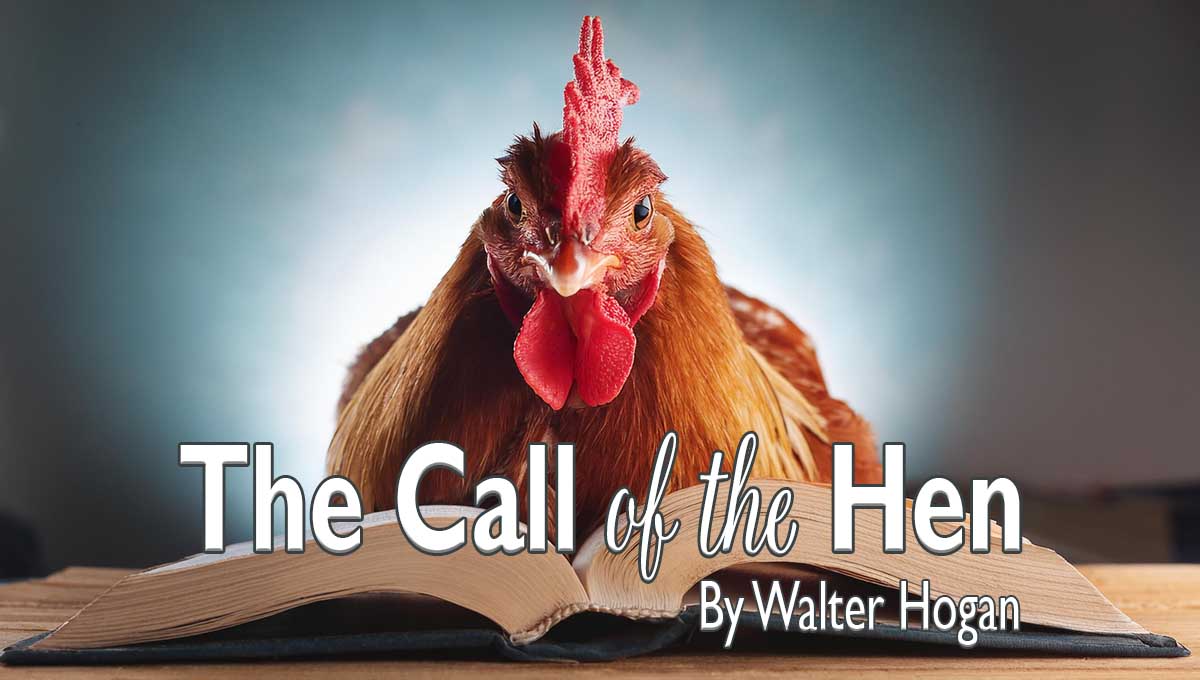
Walter Hogan’s The Call of the Hen is a foundational text in poultry selection, detailing a system for identifying high-producing laying hens based on external physical characteristics. Originally published in the early 20th century, the book provides a structured approach to evaluating hens for productivity, a method that was widely used before the dominance of commercial hatcheries.
Despite its somewhat archaic language, the book remains an essential read for poultry breeders, especially those working with heritage breeds. Hogan’s method allows farmers to make informed decisions about which hens to retain as layers or breeding stock, ultimately improving overall flock productivity. His approach relies entirely on careful observation rather than modern genetic testing, making it accessible and practical for small-scale and sustainable poultry keepers.
Purpose and Core Concepts
Hogan’s primary goal was to help farmers distinguish between productive and unproductive hens without waiting months to observe their egg-laying performance. As he states in the book:
“One of the greatest needs of the poultry business is a reliable method for detecting the good and poor layers” (Hogan, 1914, p. 7).
His method is based on anatomical differences between laying and non-laying hens. He asserts that a hen’s productivity can be judged by examining features such as the comb, vent, pelvic bones, and abdominal capacity. Hogan meticulously describes how the physical changes associated with egg production, such as increased blood flow and hormonal shifts, manifest externally. He also emphasizes that a productive hen’s abdominal space expands to accommodate the formation of eggs, making it an essential area to examine.
Hogan’s Selection Method
Hogan’s system involves evaluating hens using the following key indicators:
1. Comb and Wattles
- Productive hens: Large, soft, pliable, and red comb and wattles.
- Non-productive hens: Small, dry, hard, and shrunken comb and wattles.
- “A hen with a bright red, well-developed comb is in laying condition, whereas one with a dry, shriveled comb is not” (Hogan, 1914, p. 19).
2. Vent Condition
- Productive hens: Large, moist, and flexible vent.
- Non-productive hens: Small, dry, and puckered vent.
- “The laying hen will have a large, moist vent, while the hen not laying will have a small, dry vent” (Hogan, 1914, p. 22).
3. Pelvic Bone Spacing
- Productive hens: Wider pelvic bones, allowing easier passage of eggs.
- Non-productive hens: Closer pelvic bones.
- “The width between the pelvic bones tells at a glance whether the hen is in good laying condition” (Hogan, 1914, p. 27).
4. Abdominal Capacity
- Productive hens: Soft, pliable, and enlarged abdomen.
- Non-productive hens: Tight, firm, or hard abdomen.
- “The abdominal capacity must be sufficient to provide for the growth and passage of the egg” (Hogan, 1914, p. 31).
Hogan advises comparing hens side by side, using a systematic approach to culling unproductive birds and retaining superior layers. This technique, though developed over a century ago, aligns closely with modern poultry selection methods and is supported by contemporary research.


Scientific Validation of Hogan’s Method
Scientific Validation of Hogan’s Method
Although Hogan’s system was developed through practical observation, modern scientific studies have reinforced its validity. Research published in the Journal of World’s Poultry Research confirms that hens with broader pelvic spacing and softer abdominal tissues tend to have higher egg production rates. A recent study by Prayogi et al. (2024) titled Effects of Body Condition, Anatomical Measurement, and Age on the Cumulative Number of Individual Egg Production and Laying Pattern in First Laying Hens further supports this, showing a strong correlation between anatomical measurements and laying performance.
According to Prayogi et al. (2024), “The width of the pubic bone, size of the abdomen, and depth of the body were found to have significant correlations with egg production performance.” Their findings indicate that hens with wider pubic bones and larger abdomens have higher cumulative egg production, supporting Hogan’s emphasis on physical traits in selection.
Furthermore, the study highlights that “compared to body condition and anatomical measurements, age at first laying was the most prominent factor in cumulative egg production,” reinforcing the importance of early development and selection strategies in poultry breeding.
These findings support Hogan’s assertion that:
“Egg production depends on body structure and constitutional vigor. It is not chance but a result of the hen’s physical condition.”
By understanding and applying these principles, poultry breeders can significantly improve flock productivity without relying solely on trial-and-error breeding.
Comparing Original Copies vs. Reprints
One of the drawbacks of obtaining a modern reprint of The Call of the Hen is the quality of the images. Original editions contain clear, detailed photographs that visually demonstrate the selection process, making them more useful for hands-on learning. Many reprints suffer from reduced image quality, which can make it harder to distinguish the traits Hogan describes.
For those looking for an alternative, The Livestock Conservancy has created a well-illustrated PDF guide summarizing Hogan’s techniques with updated images. This guide, available here, presents the key points in a more modern format while preserving the integrity of Hogan’s system.
Relevance for Modern Poultry Keepers
With the widespread availability of commercial hatchery stock, many backyard and small-scale farmers have lost the ability to assess a hen’s productivity by sight. Hogan warns against this reliance, stating:
“To breed intelligently, one must select intelligently. The good layer is not a matter of luck, but of proper selection” (Hogan, 1914, p. 9).
His methods provide an invaluable tool for poultry keepers who wish to maintain strong, productive lines, especially those working with heritage breeds that are often overlooked in industrial settings.
Where to Find The Call of the Hen
For those interested in reading The Call of the Hen, there are several options available:
Free Online Access:
- Internet Archive: Read or download here
- Google Books: Often has digitized versions for free access
Purchasing a Copy:
- Hatchaholics: Keep an eye on our Book Selection
- Amazon: Often carries reprints
- AbeBooks: Good source for original editions
- eBay: Sometimes offers vintage copies with better-quality images
If you’re looking for an affordable way to access the material, the Internet Archive offers a fully digitized version that can be read online or downloaded for free. However, if you prefer a physical copy, it’s worth searching for an original edition to benefit from the higher-quality photographs included in early printings.
Final Thoughts
Looking back, The Call of the Hen has been an eye-opening read, though it wasn’t one we fully grasped at first. Its well-structured, scientifically validated approach to poultry selection makes it an invaluable resource, but true appreciation came only after months of additional reading, observing birds, and gaining a small amount of hands-on experience. The language feels a bit old-fashioned—something my 9-year-old noticed, as he was mostly drawn to the charts and photos—but the core principles remain just as relevant today. As we continue learning and eventually build our own flock, I have no doubt that Hogan’s methods will become even more practical. What once felt like a dense manual now feels like a guide we’ll return to time and time again, shaping the way we approach poultry breeding in the future.
References
- Prayogi, H.S., Nurgiartiningsih, V.M.A., Sjofjan, O., & Suyadi. (2024). Effects of Body Condition, Anatomical Measurement, and Age on the Cumulative Number of Individual Egg Production and Laying Pattern in First Laying Hens. Journal of World’s Poultry Research, 14(1), 23-29.



